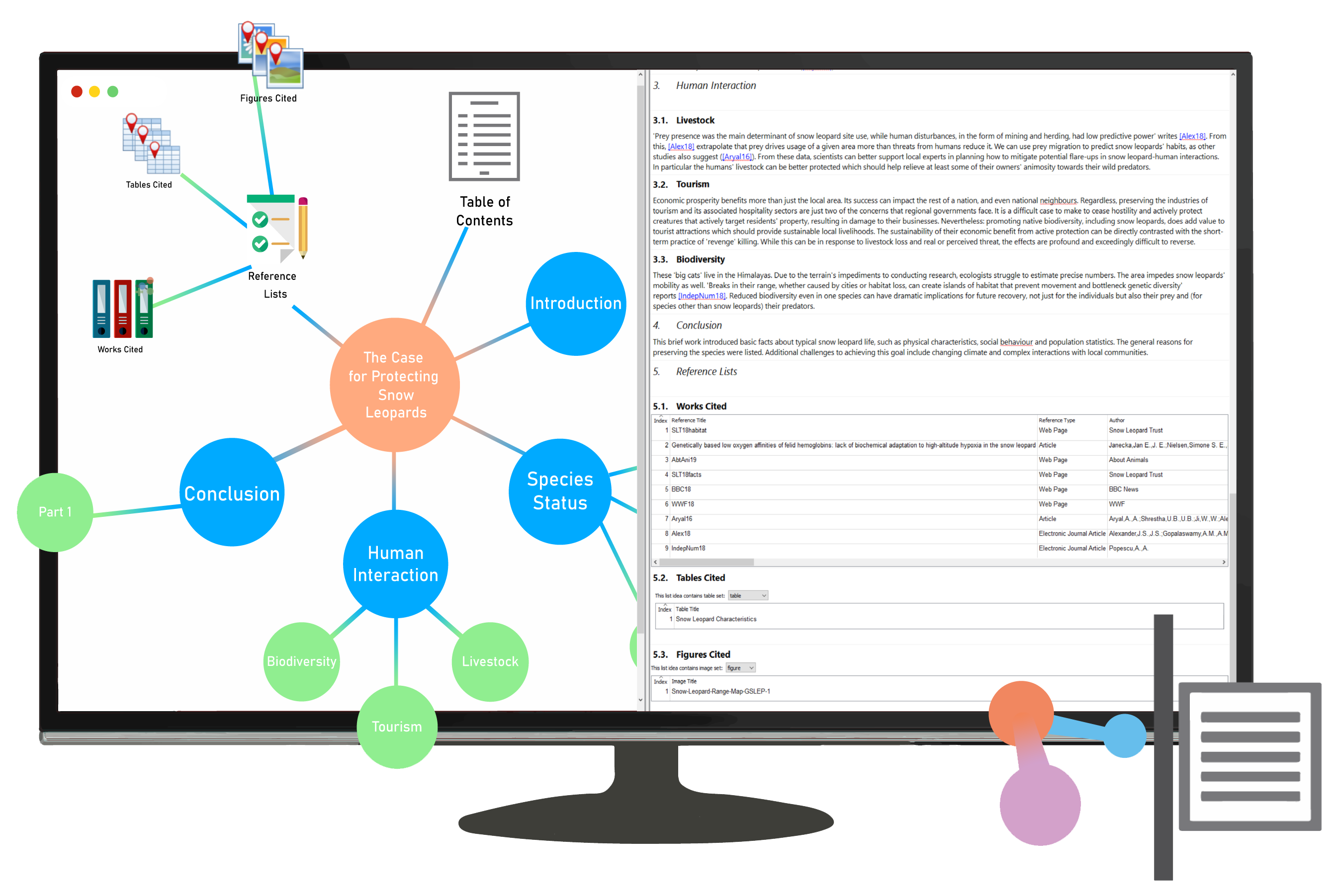By Tom Whitby
My path to discovering the power of technology for mind mapping and empowering young writers.


Ideas are put into individual bubbles that are moved and manipulated into a logical order. Simultaneously, the tech develops a text outline to coincide with the graphic ideas of the map. Once the idea map is developed, the outline has been magically completed. As the English teacher, I no longer needed to answer the age-old question: What do we need an outline for? The outline is developed in a word processing component that allows it to be fully textualized within the program. Any paragraph can be ordered differently by moving the graphic bubble to a new location on the mind map.
The product I am now working with is called ideamapper. It will be introduced for purchase at the upcoming ISTE Conference in Philadelphia this June. Here is a link to a short video that explains it very nicely.
What I love about this company is that they are open to and welcome teacher input. They want teachers to use it with their classes and get feedback to improve the product. There are too few companies that do that. In that endeavor, they provide free access for a period of time to teachers willing to try it out with classes. It does not require any financial commitment. There is no software to download. Access is provided over the Internet, and it will run on any computer, laptop, or Chromebook. All they require are your reactions, comments, and suggestions about the product. Sign up for the free pilot.
This may not be feasible for the end-of-the-year project, but it will work for any writing unit, or project within any subject area for a summer school program. Here is the link for any educator interested in exploring ideamapper https://webappdemo.ideamapper.com. There are also video tutorials that you may access as you explore the tool, you will find it more intuitive than you expected.





